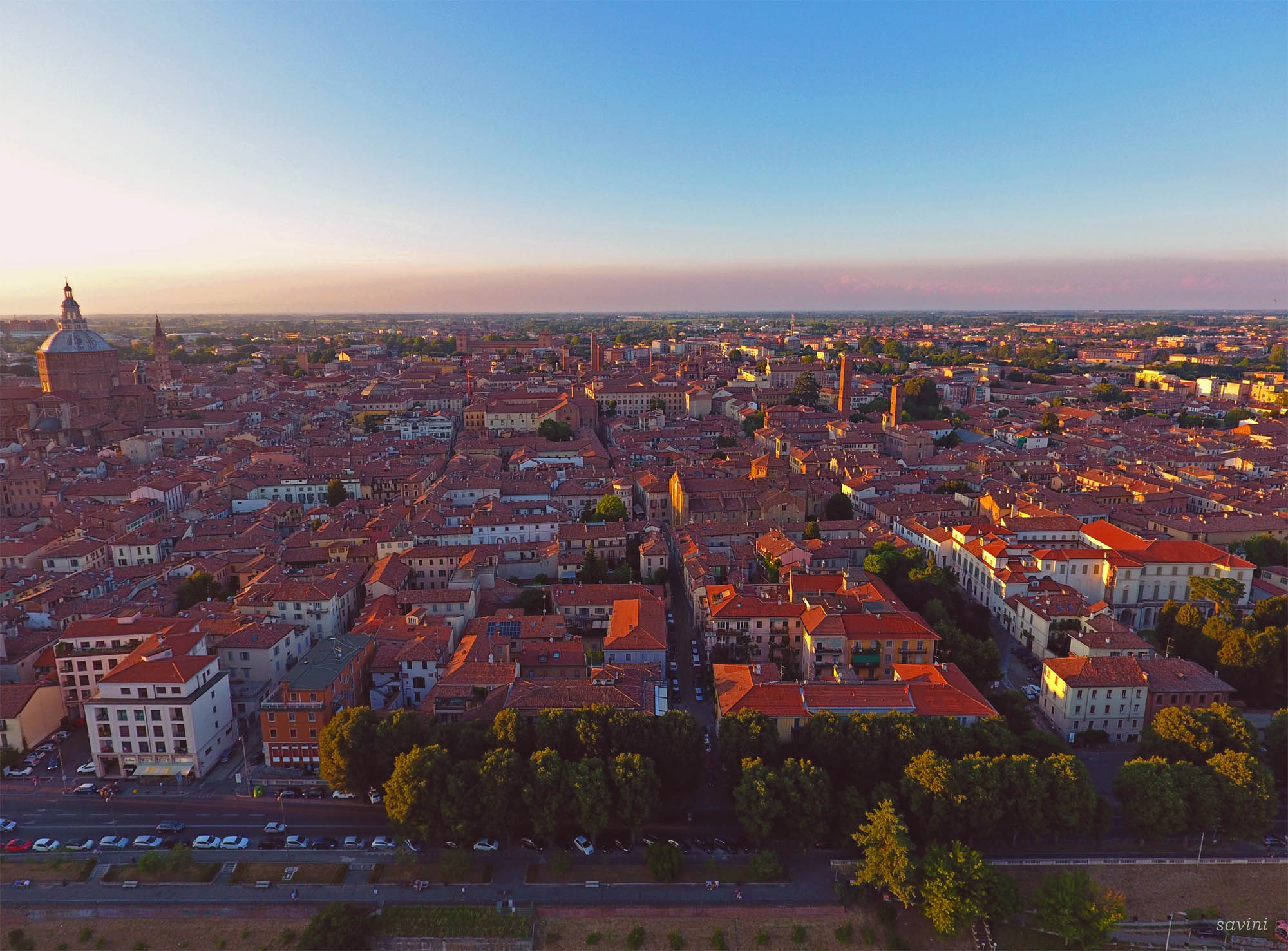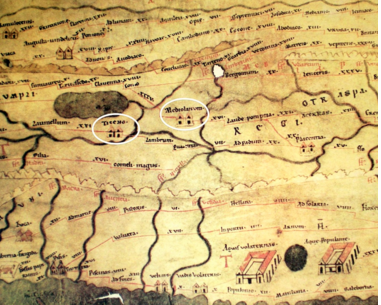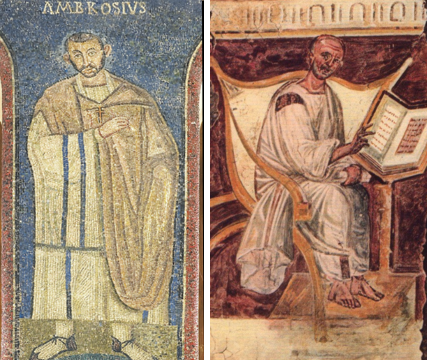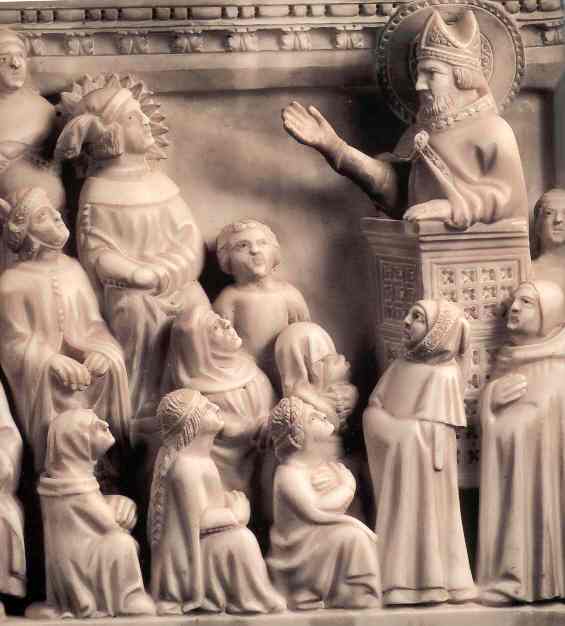
Pavia and Europe
Imperial Abbeys in Pavia
The Italian peninsula, expanding the European continent in the Mediterranean basin, over the centuries was a crossroads of migrations of people who met and clashed, giving rise to fertile cultural exchanges.
The military, commercial, religious etc, identities of different populations grafted their own peculiarities on the cultural traditions of Greek-Latin matrix cultivated in monasteries and then in universities, and over the centuries they shaped modern Europe on the ground of the Roman Empire.
PAVIA, CAPITAL OF A KINGDOM
(540 – 1024)
Detail showing Pavia and Milano from Segment IV of the Tabula Peuntingeriana (National Library of Vienna), medieval copy on parchment of a lost Roman original


A FORTUITOUS AND PROFITABLE MEETING IN MILANO, IMPERIAL CAPITAL
The former was a powerful man of action from the North, while the latter was rhetorician and a man of high culture from Africa; they both were the expression of the same cultural roots that shaped the Western European culture for ever.
Mosaic showing Ambrose, bishop (Basilica of Sant’Ambrogio, Milano)
Copy of the fresco of the 6th c. showing probably Saint Augustin, Roma, Sancta Sanctorum.
AMBROSE AND AUGUSTINE
Formella showing Augustine listening at the sermon of Ambrose bishop in Milano. Arca in San Pietro in ciel d’oro Pavia


AUGUSTINE, THE MASTER
Formella showing Augustine, master, between the towns of Milano and Rome, Arca in San Pietro in ciel d’oro, Pavia.
THE MEETING
Formella showing the Baptism of Augustine in the Milano cathedral, Arca in San Pietro in ciel d’oro, Pavia


A SINGULAR DESTINY
After their deaths, as the archbishop of Milano the first (+397), and as the bishop of Hippo the second (+430), a singular post-mortem destiny brought them together again
In fact, about in 725 the Lombard king Liutprand moved the body of the African bishop to Pavia (the capital of his kingdom), and here it is preserved in the basilica of St. Peter in the golden sky, while the body of Saint Ambrose is preserved in the nearby Milano, in the Basilica of Sant’Ambrogio.


